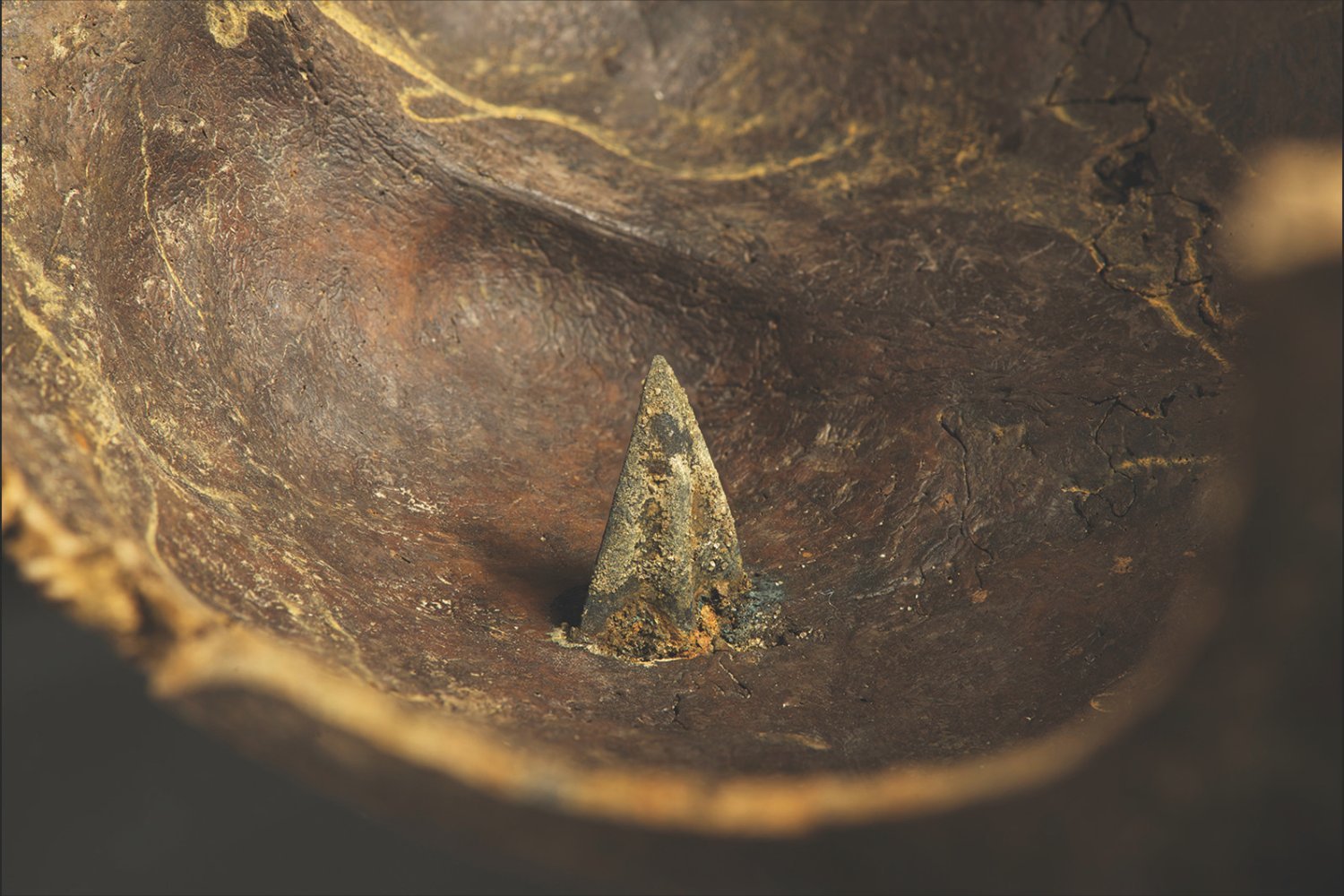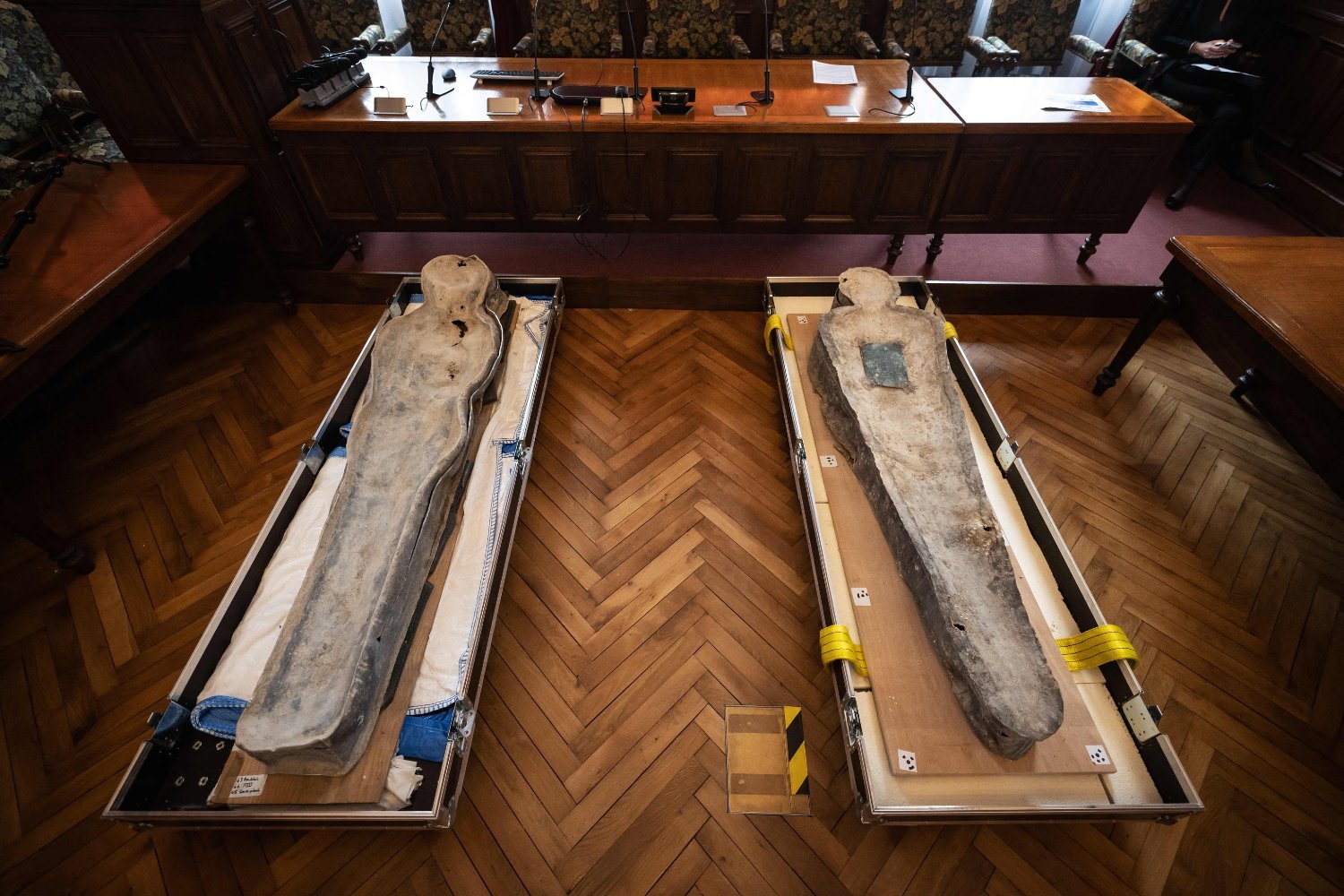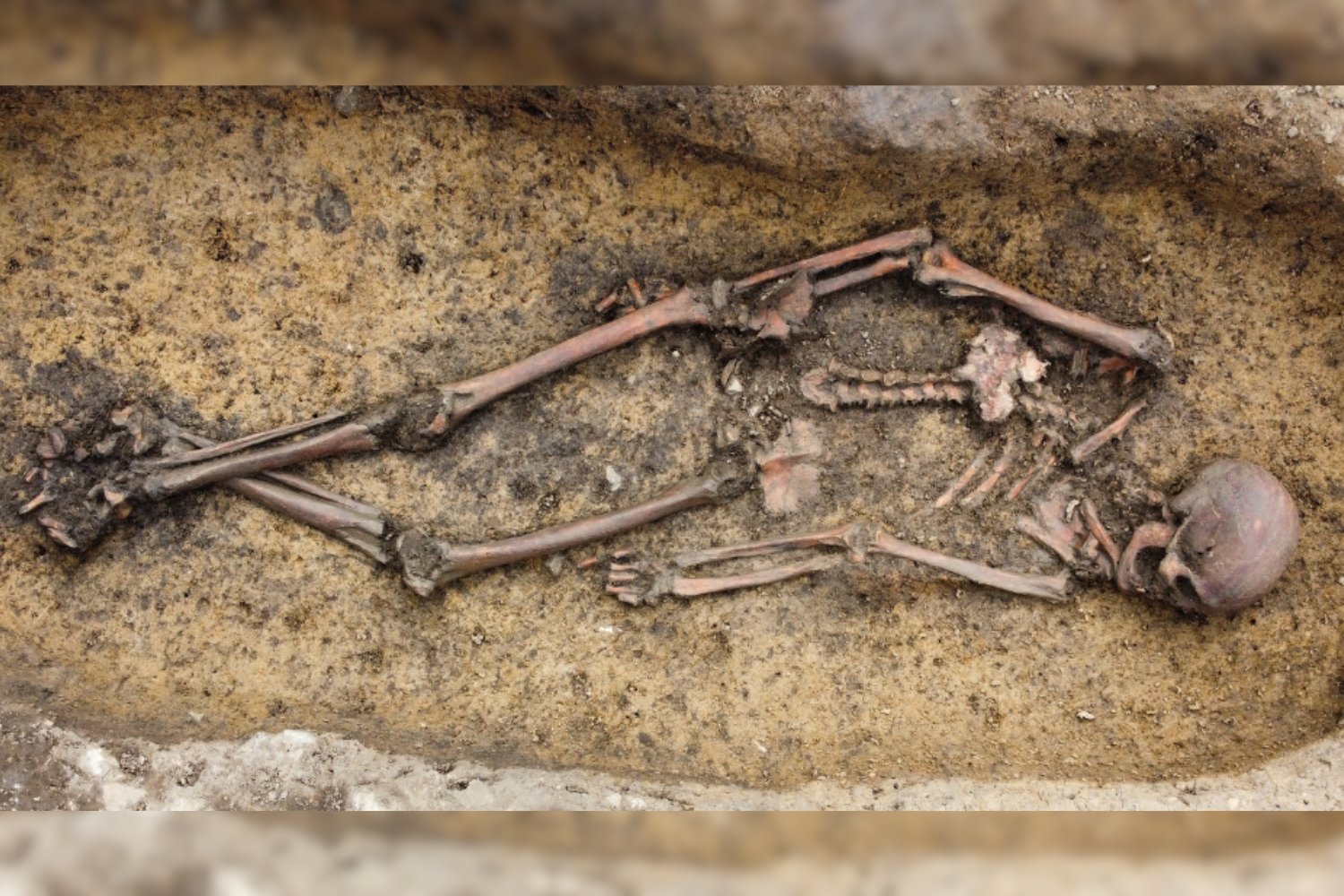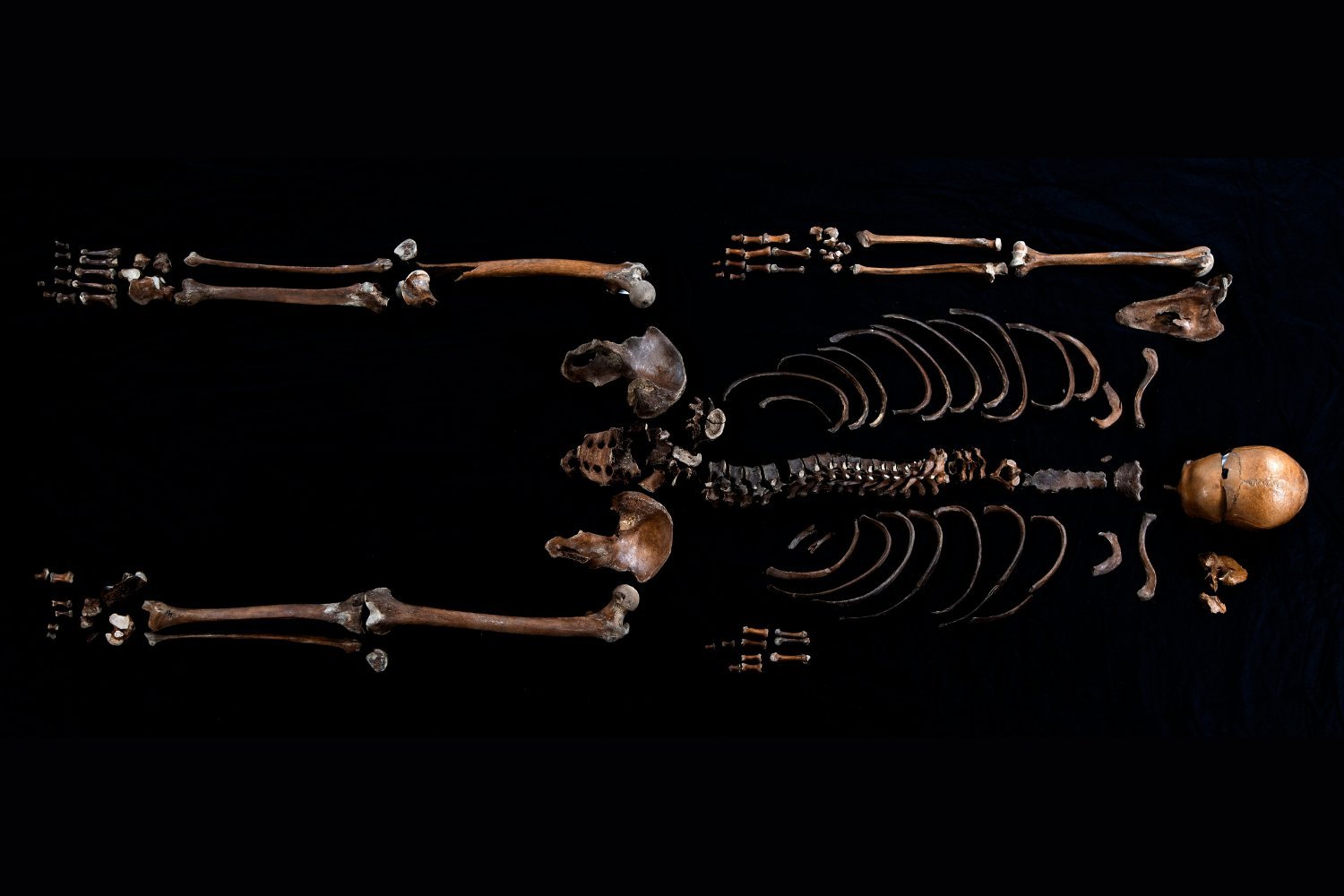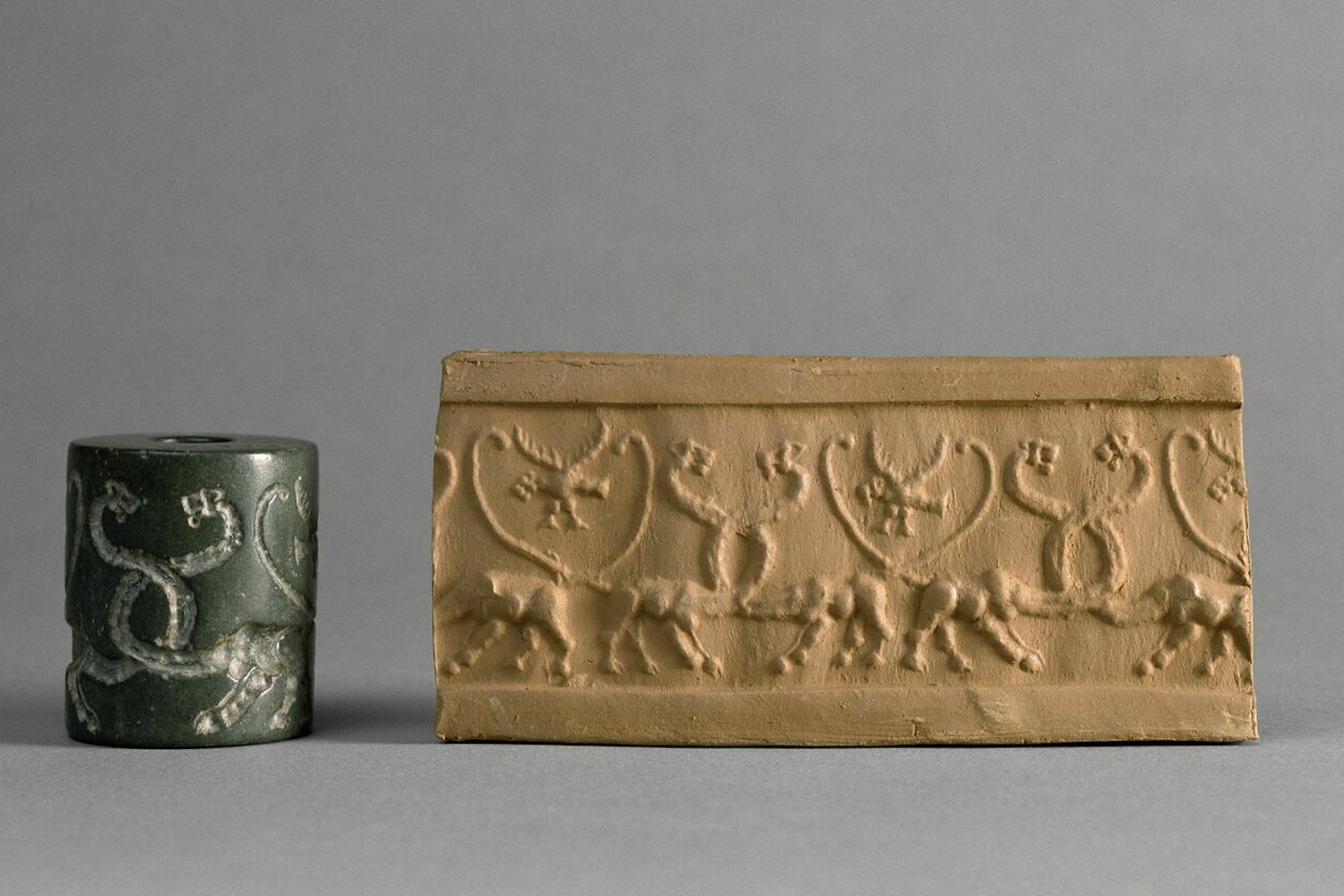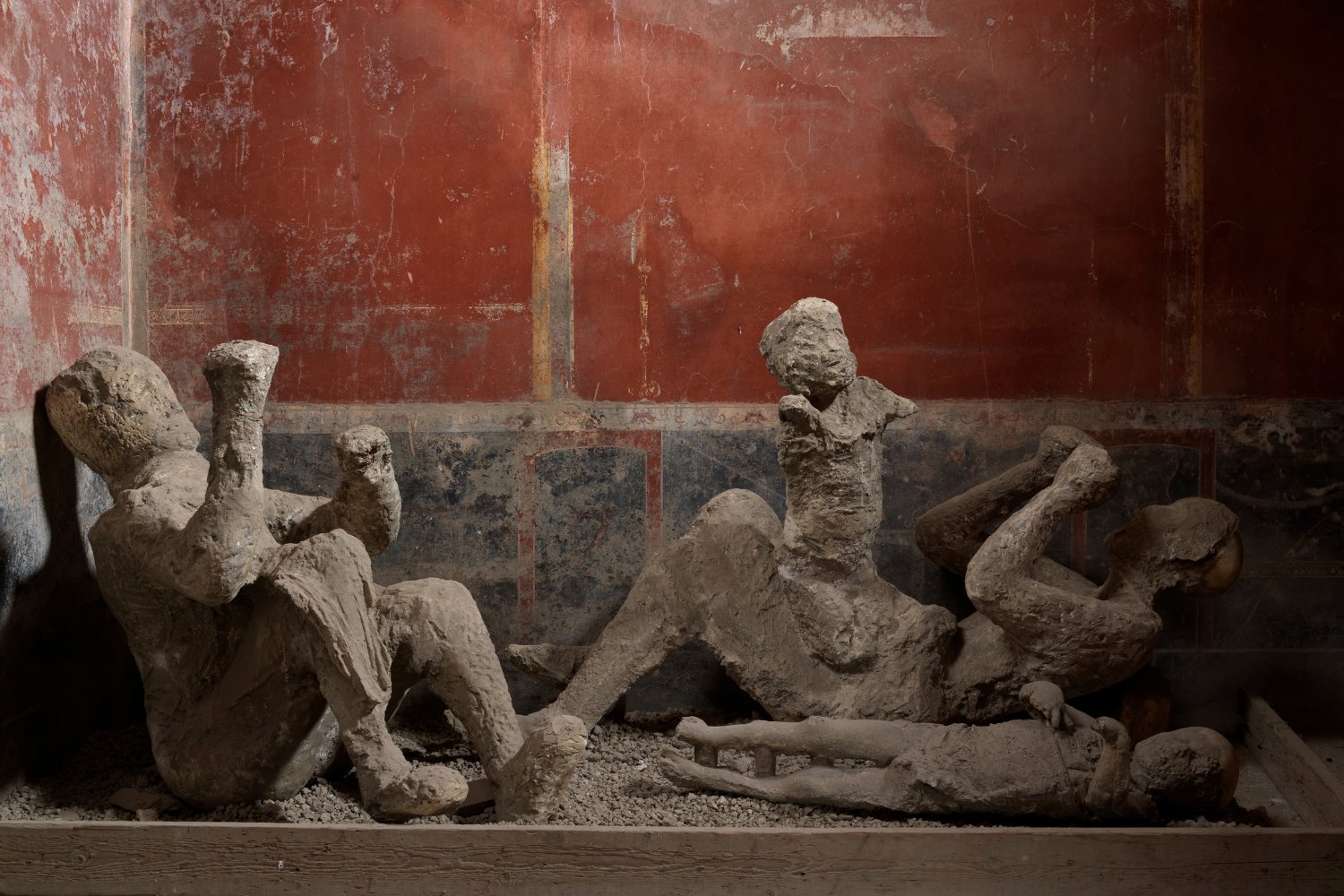The Tollense Valley in northeastern Germany, home to the world’s oldest known battlefield, continues to reveal secrets about a Bronze Age clash. Dating back to the 13th century BCE, the site holds the remains of approximately 150 individuals, a grim testament to a large-scale conflict. Recent analysis of arrowheads discovered at the site suggests the battle involved warriors from across Europe, adding another layer of complexity to this ancient mystery.
The arrowheads, described as a “smoking gun” by lead researcher Leif Inselmann of Freie Universtät Berlin, offer crucial clues about the battle’s participants. Inselmann’s research, published in Antiquity, highlights the diverse origins of the weaponry, indicating a conflict that extended beyond local skirmishes.
Initially identified as a battlefield in 2011, the Tollense Valley site has yielded an estimated 2,000 individuals, potentially involved in the battle. While the exact nature of the conflict remains unclear, the recent arrowhead analysis provides new insights into the geographic scope of the fighting.
Inselmann’s extensive collection of nearly 5,000 arrowheads from across Central Europe served as a comparative database for the Tollense artifacts. The battlefield arrowheads were made of both flint and bronze. While the flint arrowheads were typical of the region, the bronze arrowheads presented a mix of local and non-local styles. Many were common to the Tollense area, but others, particularly those with straight or rhombic bases, are more characteristic of regions further south, such as Bavaria and Moravia.
Significantly, these foreign arrowheads have not been found in tombs in the Tollense area, suggesting they weren’t acquired through trade. Instead, the evidence points to their deliberate importation for warfare. A particularly poignant discovery – a human skull cap pierced by a bronze arrowhead – underscores the violent purpose of these imported weapons.
The Tollense Valley battle occurred during a period of significant upheaval in Bronze Age Europe. This raises intriguing questions about the organization of such large-scale conflicts. Were the warriors part of a tribal coalition? Did they serve a charismatic leader, a sort of “warlord,” or perhaps even represent an early kingdom?
While the arrowhead analysis doesn’t definitively identify the warring factions, it confirms the extensive reach of the conflict, drawing in groups from a wider geographical area than previously thought. Notably, typical Bronze Age armor like helmets and breastplates haven’t been unearthed at the site. Future excavations may yield further insights into the identities and motivations of the combatants, many of whose remains still lie buried in the Tollense Valley.



